Sony and AMD jointly announce new Project Amethyst graphics tech
The two companies’ close collaboration is good news for console and PC gamers alike – here’s why
KOSTAS FARKONAS
PublishED: October 10, 2025
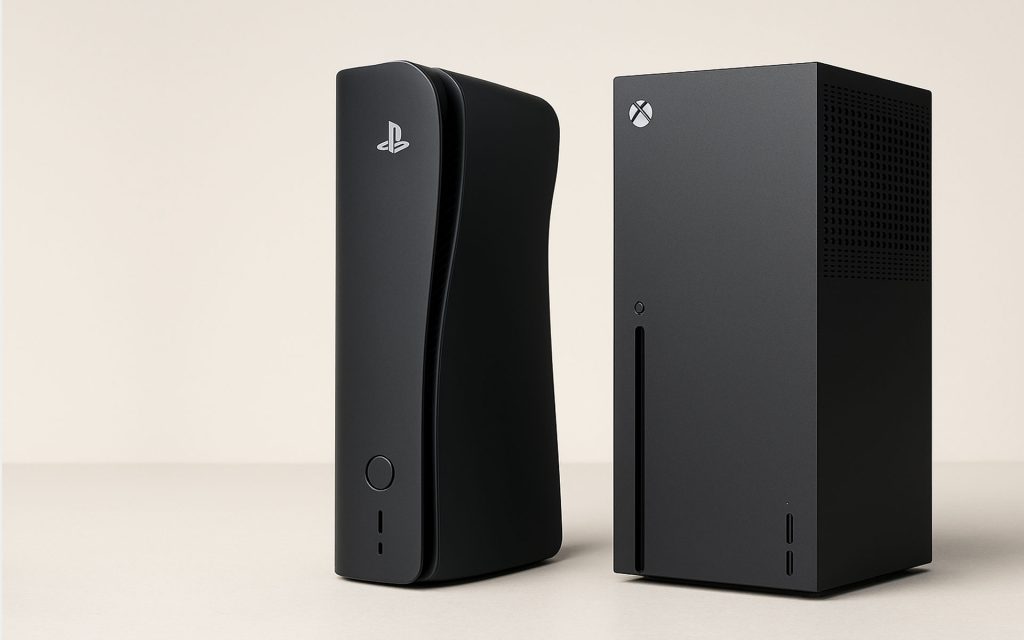
Never let it be said that the gaming industry does not hold pleasant surprises anymore, even in the most unlikely of circumstances: just as the market is getting warmed up for the all-important Black Friday, Thanksgiving and Christmas period of the year, here come Sony and AMD to talk about gaming tech that’s anywhere between 18 to 36 months away. In a rare joint presentation, PlayStation system architect Mark Cerny and AMD senior vice president Jack Huynh outlined a trio of major graphics technologies they’re developing, all planned to work as key features of both the next PlayStation and the next Radeon graphics cards.
These technologies are being developed under the banner of Project Amethyst, the extensive partnership AMD and Sony revealed last year as part of the latter’s push for the PlayStation5 Pro. After co-developing the CPU/GPU combinations that powered both the PS4 and PS5 families of home consoles, the two companies are now working on how they can push graphics performance and efficiency further – especially when it comes to ray tracing, path tracing and AI-assisted upscaling.
Cerny – the lead hardware architect for Sony’s last two consoles – noted that the current approach to GPU design “has reached its limit” and that modern graphics workloads can no longer rely on brute-force processing alone. The next leap forward, he claimed, will depend on smarter coordination between specialized hardware blocks and machine-learning algorithms designed to deliver higher visual fidelity without proportionally higher power or memory requirements.
The three technologies revealed during this joint AMD-Sony presentation – Neural Arrays, Radiance Cores and Universal Compression – target specific bottlenecks in current graphics pipelines, from the way GPUs process AI workloads to how they manage bandwidth and lighting calculations. Here’s the rundown on all three.
Neural Arrays: smarter compute coordination
In existing AMD architectures – including those employed by the PS5 and the PS5 Pro – the GPU is built around dozens of Compute Units (CUs) that each handle a small, isolated segment of the overall workload. This design works well for traditional rasterization, but is decidedly less efficient for tasks that rely heavily on neural networks, such as upscaling or denoising.
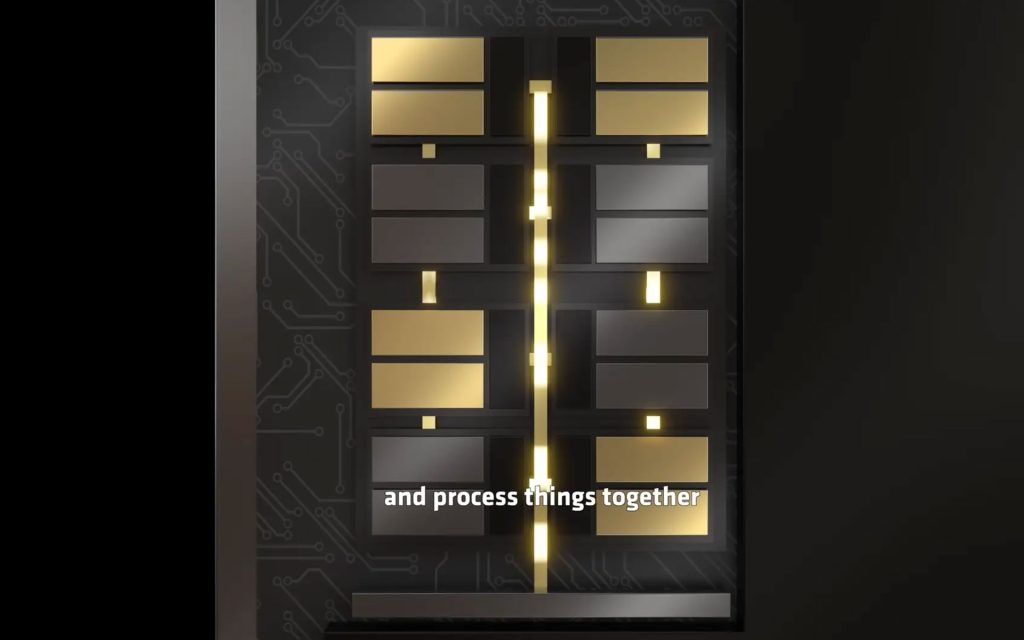
Neural Arrays work differently. Instead of operating in isolation, groups of compute units are linked together in what AMD describes as a “smart, efficient” configuration that behaves like a unified AI engine. By allowing CUs to share data dynamically, Neural Arrays can run larger, more complex machine-learning models with lower overhead. The result, according to Huynh, is much faster and more scalable AI performance, which is key for real-time image reconstruction technologies like Sony’s PlayStation Super Resolution (PSSR) and AMD’s FidelityFX Super Resolution (FSR).
Upscaling and denoising help modern games achieve high frame rates and resolutions without overwhelming the kind of graphics hardware most consumers opt for. On the PS5, these algorithms already help render 4K scenes efficiently. Neural Arrays are designed to extend that advantage, enabling higher-quality results in less time. For developers, this will enable the option to run more ambitious models – capable of offering cleaner image quality, improved motion stability and reduced artifacting – without compromising performance.
Radiance Cores: hardware dedicated to raytracing
This feature basically addresses a longstanding gap between AMD and its primary rival, nVidia, whose graphics cards have offered dedicated “RT Cores” specifically designed to accelerate raytracing computations since 2018. AMD has so far handled raytracing using general-purpose compute units, significantly limiting the efficiency and performance of its own graphics card in this particular area.
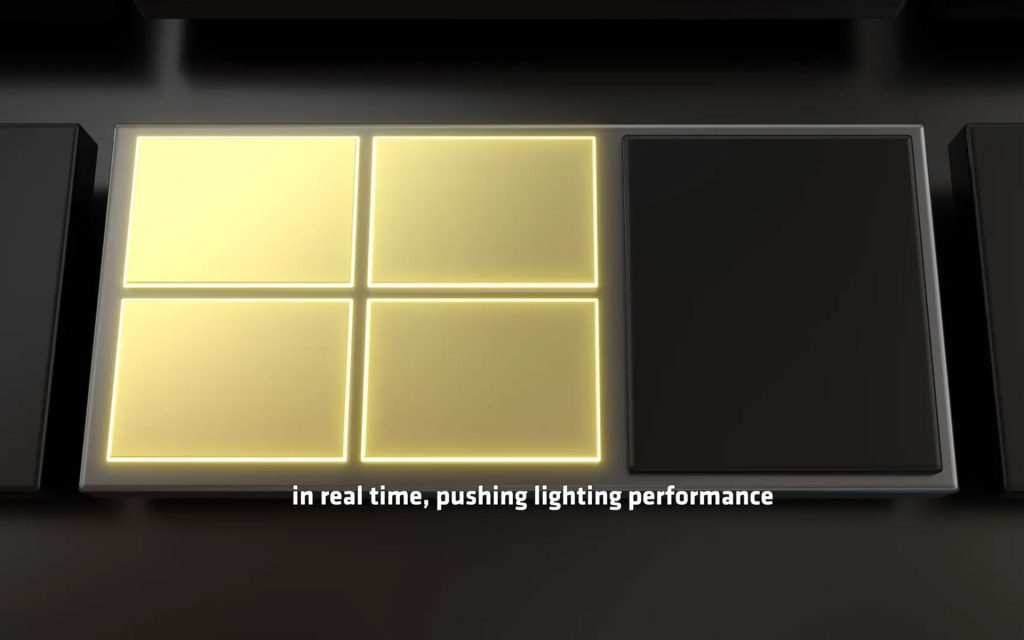
Radiance Cores mark AMD’s first major step toward a comparable hardware solution. They are specialized processing blocks dedicated to “unified light transport”, encompassing both ray tracing and path tracing, which is an even more convincing but way more computationally demanding lighting technique. These methods simulate how any light source interacts with any other light source and how that affects surfaces, reflections and shadows, producing scenes that can approach almost cinematic realism.
By offloading those calculations to dedicated silicon, Radiance Cores will be able can dramatically speed up ray traversal, the process of tracing millions of rays through millions of geometric triangles in each frame. More importantly, they relieve the CPU and the rest of the GPU from those specific, heavy workloads. That allows the main graphics pipeline to focus on tasks it handles best, such as geometry setup, shading and simulation, while Radiance Cores take care of complex light calculations in parallel.
AMD’s Radiance Cores work much like nVidia’s RT Cores and they are designed to handle path tracing, which is highly demanding in its true form.
Huynh called this a “brand-new rendering approach for AMD” that should bring the raytracing performance of its hardware in line with (or even beyond) current nVidia standards. Cerny added that Sony’s next-generation PlayStation will fully integrate this new architecture, ensuring it will be able to deliver more realistic global illumination, reflections and soft shadows without the current generation’s steep performance penalties.
Universal Compression: maximizing bandwidth and efficiency
The third, seemingly most broadly impactful tech unveiled by the two companies is Universal Compression, a new data-handling system designed to increase GPU efficiency across the board. The PS5 already employs Delta Color Compression (DCC) to reduce the bandwidth required to store and process textures – this, however, applies only to specific data types, such as color buffers and render targets. Universal Compression extends that principle to the entire graphics pipeline, compressing everything that moves through GPU memory.
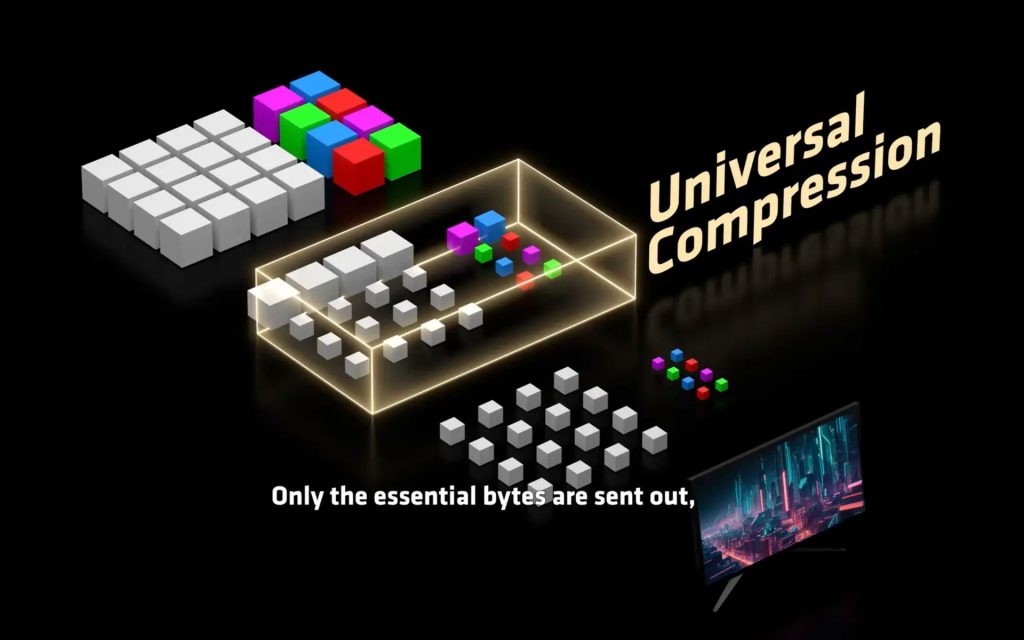
By reducing the size of almost all data transfers, this method effectively multiplies the memory bandwidth of a system as a whole. The benefits are multifaceted: developers can use higher-resolution assets, frame rates may improve in bandwidth-limited scenarios and overall power consumption could drop substantially.
Huynh noted that “more data compression frees up more bandwidth for graphics detail, higher frame rates and greater efficiency”. This compression model is also specifically designed to work with the Neural Arrays and Radiance Cores, ensuring that data moves swiftly between those subsystems with as few bottlenecks as possible.
Early days, high hopes, big implications
Cerny and Huynh emphasized that these technologies are still in “very early days” and currently exist only in simulation form, yet both expressed confidence in their eventual integration into future products. AMD has also indicated plans to share these innovations with developers “across every gaming platform”, consistent with its history of open-sourcing many key graphics technologies like FSR.
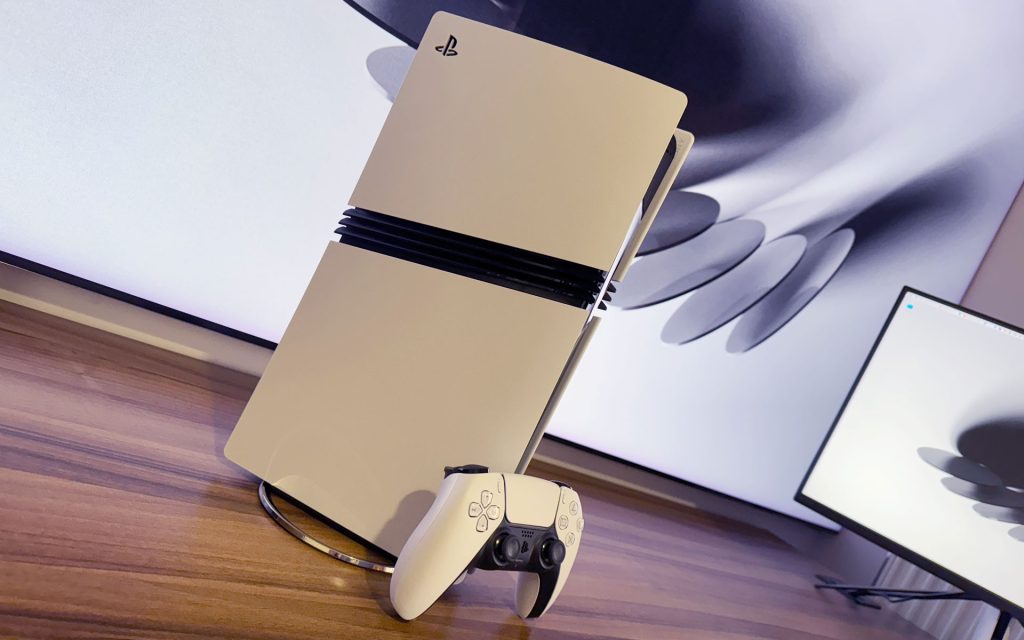
The implications of these graphics technologies are particularly significant for Sony. The company has pushed for higher graphical fidelity with every PlayStation, yes, but these developments point to a significantly more ambitious leap forward for its next such system (compared to what we got e.g. from the PS4 to the PS5). The PS5 is still considered to be highly capable – and the PS5 Pro even more so, as it features improved raytracing performance and AI-based upscaling – but with development costs rising and silicon manufacturing reaching physical and economic limits, traditional performance scaling has become increasingly difficult.
Huynh acknowledged this directly: “Trying to brute-force raytracing with raw power alone just doesn’t scale”. The cost of pushing more transistors and higher clock speeds is no longer sustainable – especially as consumers and regulators demand lower energy consumption – so the efficiency gains promised by Neural Arrays and Universal Compression are, in truth, necessary. Whether they will directly translate to much better visuals on lower power in practice, as AMD and Sony clearly hope, is another matter entirely.
Raytracing and AI were already expected to define game visuals in a few years’ time, but these technologies are now making it official.
In any case, the focus of both companies on AI-driven rendering does align with industry trends across both gaming and film production. Techniques like raytraced global illumination and path-traced lighting are already offered by hi-end PC titles to stunning effect, but they remain too computationally expensive for consoles. If Sony and AMD succeed in making these effects more affordable, developers could routinely deploy fully dynamic lighting and reflection systems without compromising resolution, detail or frame rate.
For players it would mean that future games can not only look better, but also behave more consistently. Accurate light simulation affects everything from visual realism to gameplay readability, influencing how players perceive depth, texture and spatial cues. nVidia was right to invest in that area early on and it’s good to see that all major players in both the consumer GPU market and the home console space are now aligned when it comes to the future of game graphics as a whole.
Beyond home consoles: the PlayStation handheld angle
Sony will most certainly make use of these technologies when the time for the inevitable successor to the PlayStation5 comes. But their application to portable gaming devices is just as intriguing: Sony was already rumored to be developing a new stand-alone PlayStation handheld – that is, not something like the streaming-focused PlayStation Portal – so Cerny’s emphasis on efficiency and scalability has now fueled speculation regarding the possibility of the PlayStation6 being offered in multiple form factors, not just as a home console.
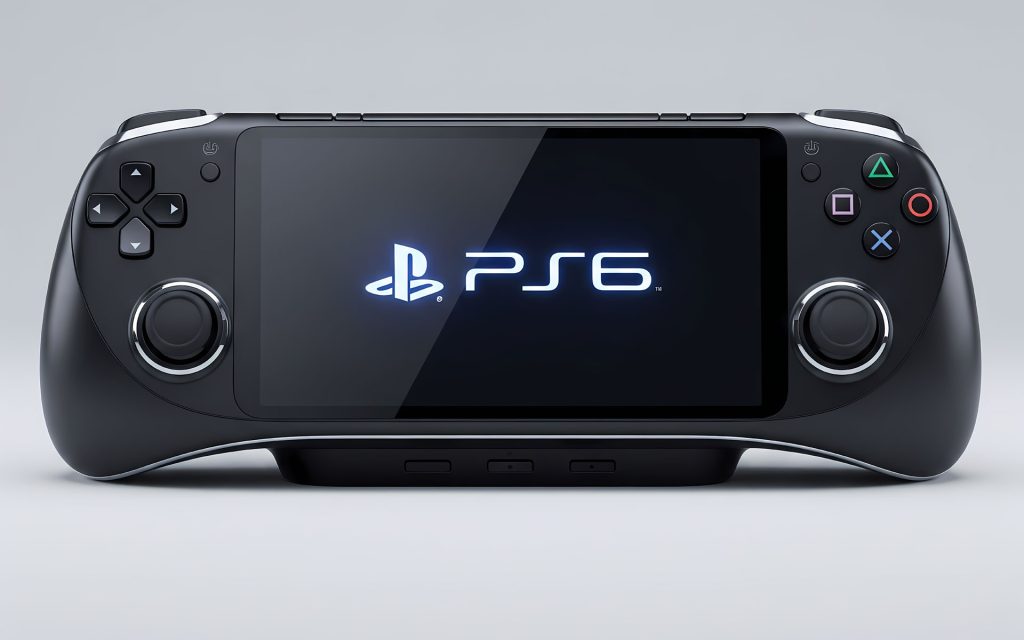
Each and every one of the improvements promised by the three technologies described earlier are pretty much required in order to make handheld devices capable of displaying high-fidelity graphics on the go, at smooth frame rates and reasonable image quality. Lower power consumption, reduced bandwidth needs and efficient upscaling would allow such a battery-powered gaming system to deliver practically console-quality visuals on a smaller screen for several hours, which is what consumers have come to expect from these devices.
In Sony’s case – as it’s already been discussed multiple times by the popular Moore’s Law is Dead YouTube channel – this could mean that a PS6 portable leveraging these technologies could run specially patched PS5 games and basically all PS4 games quite comfortably… in theory. This would be a huge advantage for Sony’s portable device, allowing it to favorably compete against the Switch 2, the rumored Steam Deck 2 or the vast majority of PC handhelds made by Asus, Lenovo and others. Even more so if it is priced in a way that makes sense for mainstream consumers.
An AMD and Sony partnership that makes a lot of sense
It’s already been quite an interesting collaboration for a variety of reasons, but – after the unveiling of these advanced graphics technologies – Sony’s partnership with AMD is gradually becoming one of the most important alliances in gaming today. While console manufacturers used to design exclusive hardware for every new system generation largely in isolation, the more thoughtful, long-term approach of these two companies is much better aligned with the needs of modern games development.
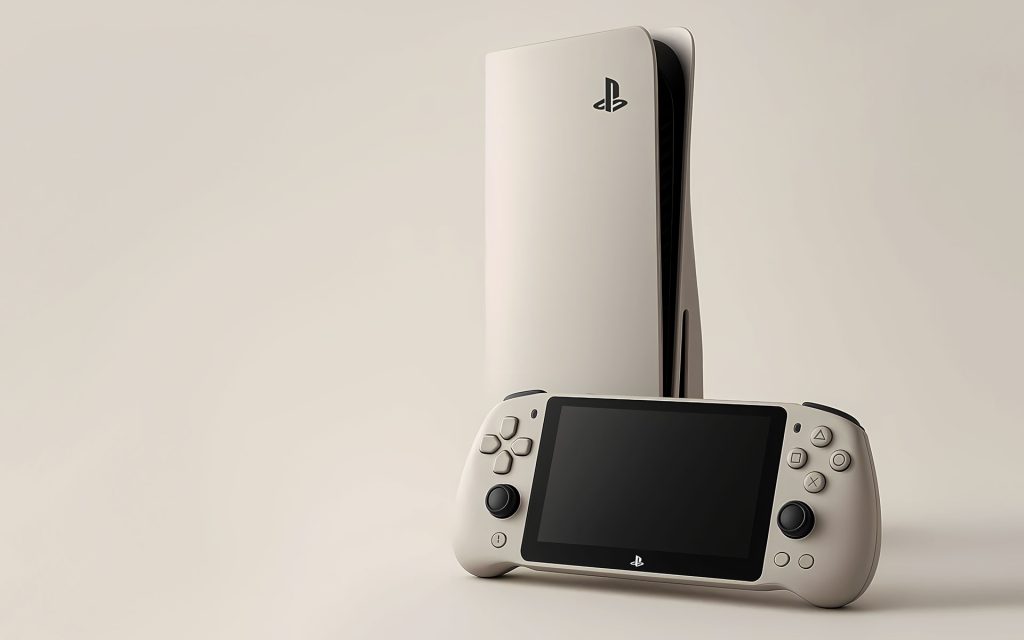
The PlayStation4’s semi-custom APU was one of the first major examples of this kind of partnership, merging CPU and GPU into a single architecture based on AMD’s PC technology. The PlayStation5 took this further, but with Project Amethyst this collaboration appears to be even tighter, with both companies co-developing new architectural concepts rather than simply adapting existing ones.
The payoff is mutual. For Sony, AMD’s research and manufacturing resources ensure competitive hardware without the massive R&D overhead of building its own chips from scratch. For AMD, the PlayStation ecosystem serves as a showcase for its technologies, helping to drive adoption across the wider gaming market.
Both Sony and AMD have much to gain from this partnership and, as rare as this is, so do all gamers in the fullness of time.
Huynh confirmed that AMD intends for these innovations to reach “every gaming platform”, reinforcing its strategy of leveraging console partnerships to accelerate advancements that benefit PC gamers too. This philosophy has already paid dividends: the techniques Sony and AMD refined for the PS5’s storage architecture, for instance, directly influenced AMD’s Smart Access Storage technology for PCs.
For AMD, Project Amethyst also represents an opportunity to close several gaps in its GPU lineup, especially on the hi-end. While the company’s Radeon graphics cards have consistently delivered strong rasterization performance, they have lagged behind nVidia’s GeForce RTX series in raytracing and AI-driven features.
The introduction of Radiance Cores and Neural Arrays suggests that AMD will now be pursuing a similar path of dedicated hardware acceleration: by integrating AI/ML directly into its GPUs, AMD may be able to match nVidia’s market-leading DLSS and RT Core performance. Not that nVidia will suddenly stop improving its own graphics tech, of course, but the difference between them could conceivably be much smaller going forward.
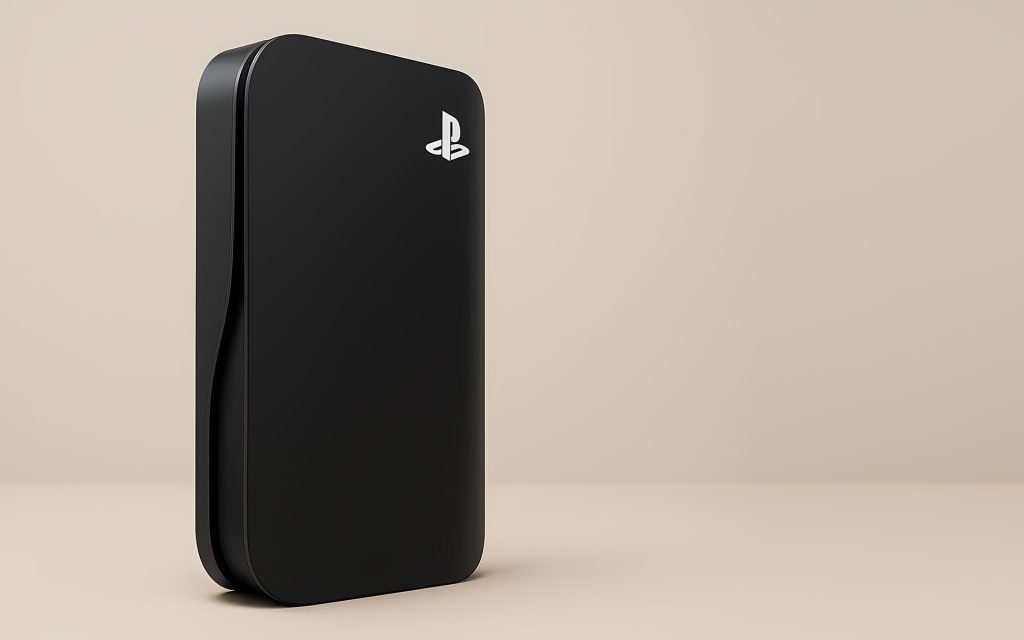
If the results of this long-term collaboration between Sony and AMD prove to be as effective as they clearly hope it can be, then the next few years could mark a turning point for everyone involved – not just for both companies, but for the gaming market as a whole too.
See, for the longest time it’s been nVidia’s proprietary technologies that have given it a competitive edge in visual fidelity and performance scaling. But AMD’s open-source philosophy could make similar or superior features available across a wider range of devices, including consoles, PCs and handhelds, without nVidia’s lock-in – while new PlayStation systems will be showcasing those features to mainstream consumers through Sony’s future AAA PlayStation Studios megahits. It does sound like a plan, does it not?


















